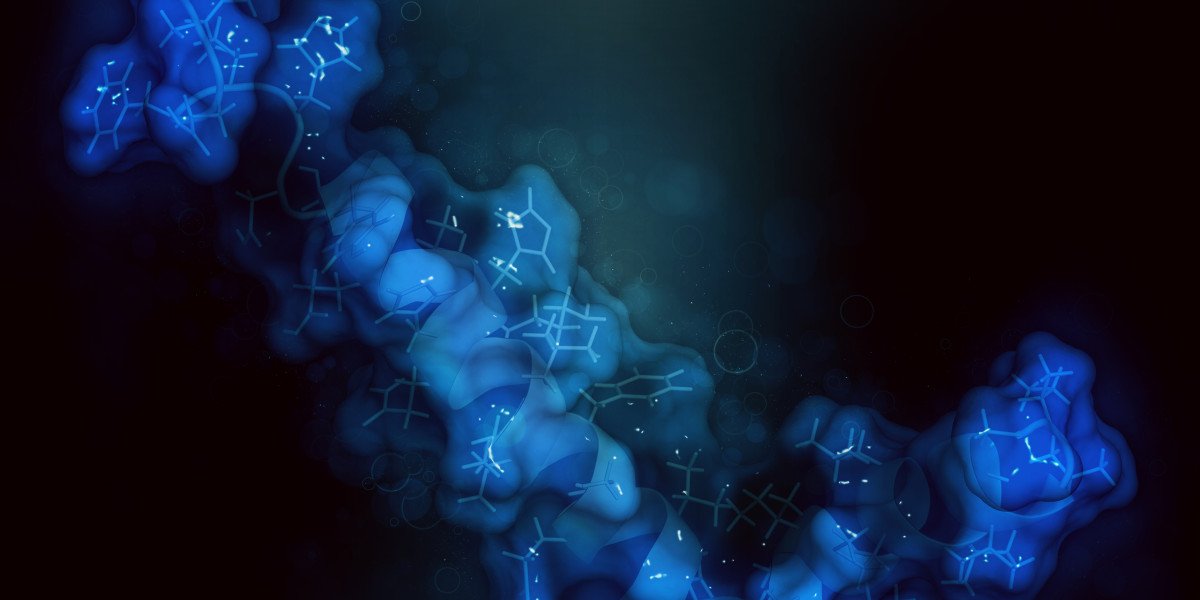The interactions between antibodies and antigens are fundamental to the field of immunology, playing crucial roles in health and disease. Understanding these interactions at a molecular level is vital for developing vaccines, therapies, and diagnostic tools. One innovative approach to studying these molecular interactions is through antibody-antigen dynamic simulations, which offer detailed insights into their energetic and structural characteristics.
Dynamic simulations involve the use of computational methods to replicate the movements and interactions of molecules over time. In the context of antibody-antigen interactions, these simulations provide a framework for observing how antibodies recognize and bind to their specific antigens. By employing molecular dynamics simulations, researchers can model these interactions to predict how changes in molecular structures affect binding affinities, stability, and overall functionality.
One of the key advantages of dynamic simulations is the ability to visualize the conformational changes that occur during the binding process. Antibodies are complex proteins that can undergo significant structural alterations when interacting with their target antigens. These changes can influence not just binding strength but also the subsequent immune response activated by the antibodies. By simulating these processes, scientists can identify the specific regions of antibodies that are most critical for binding to antigens, leading to more targeted and effective therapeutic designs.
Moreover, dynamic simulations allow for the exploration of various scenarios, including mutations in either the antibody or antigen. These simulations can inform researchers about potential escape mutations that pathogens may develop to evade immune recognition. This knowledge is particularly important in the development of vaccines and therapeutic antibodies, as it helps anticipate and mitigate the risks associated with viral mutations and resistance.
The integration of advanced computational tools, such as molecular docking and free energy calculations, further enhances the utility of dynamic simulations. These tools can quantify binding affinities and provide insights into the thermodynamics of antibody-antigen interactions. By combining these methodologies, researchers can create a more comprehensive picture of how various factors influence the efficacy of antibodies, paving the way for personalized medicine strategies.
Recent advancements in computational power and algorithm development have also expanded the feasibility and accuracy of antibody-antigen dynamic simulations. High-performance computing environments enable the simulation of larger systems and longer time scales, facilitating the observation of rare events that might be critical for binding but difficult to capture experimentally. This progression is accelerating the pace of discovery in immunological research and offering new avenues for therapeutic exploration.
Despite their numerous benefits, dynamic simulations are not without challenges. The accuracy of these simulations heavily relies on the quality of the models used, including the force fields and the initial structures of antibodies and antigens. Ongoing efforts to refine these models and validate simulation outcomes with experimental data are crucial to ensuring the reliability of the predictions made through dynamic simulations.
In conclusion, antibody-antigen dynamic simulations represent a transformative tool in immunological research. By providing detailed insights into the molecular interactions that underpin the immune response, these simulations are enhancing our understanding of how to design effective therapies and vaccinations. As computational methodologies evolve, the potential for dynamic simulations to uncover new biological insights and therapeutic applications will undoubtedly grow, significantly impacting the future of medicine.



